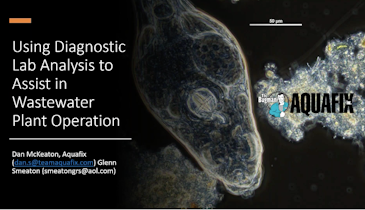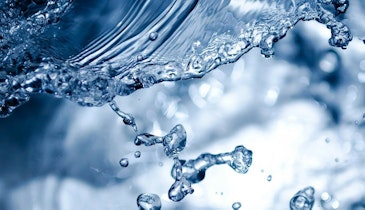Grit is a nuisance material that causes abrasive wear to equipment, increasing maintenance and operational costs while reducing equipment performance and useful life. If grit is not captured in the headworks, it accumulates in processes throughout the plant, reducing capacity and detention time, and adversely influences flow and circulation patterns. Deposited grit must be manually removed, handled, hauled and disposed. Abrasive wear, process inefficiencies and basin cleaning operations can significantly increase treatment plant O&M expenses. This presentation encapsulates various grit removal system performance data generated by a repeatable sampling and analysis methodology to compare the effectiveness of virtually all grit removal technologies.
Marcia Sherony is sales director for Hydro International’s Water and Wastewater Division, which specializes in the development, design and fabrication of high-performance equipment and systems for removal of grit and primary solids. Sherony has worked with market leaders in liquid/solid separation for more than 30 years. She has experience in both the municipal and industrial markets providing equipment solutions.






